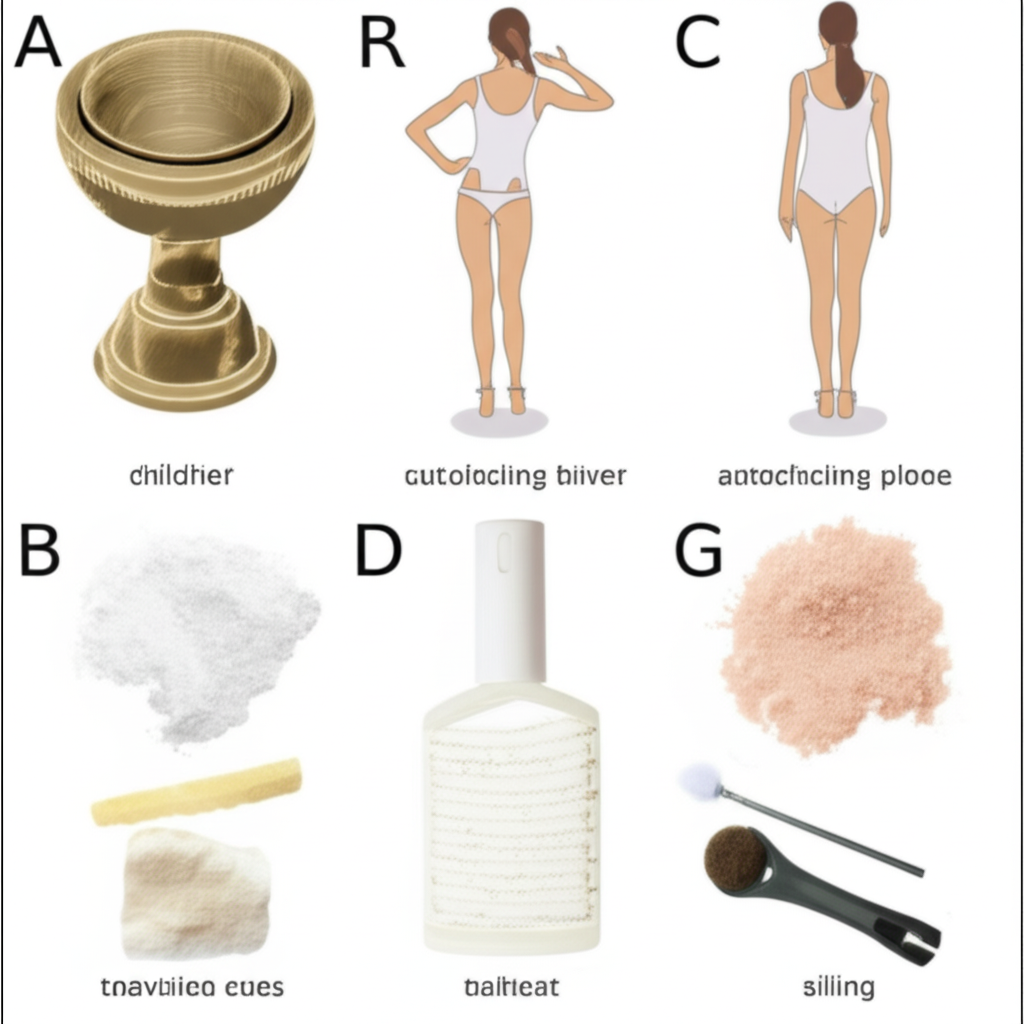Shining a Light on Healing: Exploring the Benefits of Red Light Therapy

In the realm of wellness and therapeutic interventions, Red Light Therapy (RLT), also known as photobiomodulation (PBM) or low-level laser (light) therapy (LLLT), has emerged as a fascinating and increasingly recognized approach. This non-invasive therapy utilizes specific wavelengths of red and near-infrared light to stimulate the body's natural healing processes. Let's delve into the science and potential benefits of RLT, drawing insights from research, including the study "Low-level laser (light) therapy (LLLT) in skin: stimulating, healing, restoring" published in Seminars in Cutaneous Medicine and Surgery.
Understanding Red Light Therapy
Red light therapy involves exposing the body to low levels of red or near-infrared light. These wavelengths of light are able to penetrate the skin and interact with cells in the body. It's crucial to distinguish RLT from high-power lasers used in surgical procedures; RLT uses much lower energy levels and does not produce heat or damage tissue.
How Does It Work? Cellular Mechanisms
The therapeutic effects of RLT are believed to stem from its interaction with chromophores within cells, particularly in the mitochondria – the cell's energy production centers. When these chromophores absorb light energy, it triggers a cascade of beneficial biochemical reactions, including:
-
Increased ATP Production: Similar to the previous discussion, RLT boosts the production of adenosine triphosphate (ATP), the primary energy currency of the cell, providing cells with more energy to function and repair.
-
Reduced Oxidative Stress: RLT can help decrease the levels of harmful reactive oxygen species (ROS) in cells, reducing oxidative stress that contributes to inflammation and aging.
-
Modulation of Inflammation: By influencing the release of cytokines and other inflammatory mediators, RLT can help reduce both acute and chronic inflammation.
-
Enhanced Blood Flow: Red and near-infrared light can promote the formation of new blood vessels (angiogenesis) and improve circulation, delivering more oxygen and nutrients to tissues.
-
Stimulation of Collagen Production: In the context of skin health, RLT can stimulate fibroblasts, the cells responsible for producing collagen, a vital protein for skin structure and elasticity.
RLT and Skin: Stimulating, Healing, Restoring
The study "Low-level laser (light) therapy (LLLT) in skin: stimulating, healing, restoring" provides a comprehensive overview of the applications of RLT in dermatology. It highlights the potential of LLLT (an equivalent term for RLT in this context) in various skin conditions and treatments, including:
-
Wound Healing: RLT has been shown to accelerate the healing of various types of wounds, including ulcers, burns, and surgical incisions, by promoting cell proliferation, collagen synthesis, and angiogenesis.

- Skin Rejuvenation: By stimulating collagen and elastin production, RLT can help improve skin texture, reduce the appearance of fine lines and wrinkles, and enhance overall skin tone and radiance.

- Acne Treatment: RLT, particularly blue light in combination with red light, can be effective in treating acne by targeting Propionibacterium acnes bacteria, reducing inflammation, and promoting healing.

- Hair Growth: Some studies suggest that RLT can stimulate hair follicles and promote hair growth in individuals experiencing hair loss.

- Pain Management: Beyond skin, RLT has shown promise in reducing pain and inflammation in conditions like arthritis and muscle soreness.
Safety and Considerations
Red light therapy is generally considered safe and well-tolerated, especially when used according to the guidelines of reputable devices. Unlike UV light, red and near-infrared light do not cause tanning or burning. However, it's important to:
-
Use reputable devices: Ensure that the device you are using is from a trusted manufacturer and provides the appropriate wavelengths and energy output.
-
Follow instructions: Adhere to the recommended treatment times and distances specified by the device manufacturer.
-
Protect your eyes: While the light is low-level, it's advisable to wear protective eyewear during facial treatments.
-
Consult a professional: If you have any underlying health conditions or are considering RLT for a specific medical purpose, it's best to consult with a healthcare professional or dermatologist.

Conclusion: Harnessing the Power of Light for Healing
Red light therapy represents an exciting and versatile therapeutic modality with a growing body of scientific evidence supporting its benefits, particularly in skin health, wound healing, and pain management. By understanding the cellular mechanisms and potential applications of RLT, individuals can make informed decisions about incorporating this gentle yet powerful therapy into their wellness routines. As research continues to expand, we can expect even more insights into the diverse applications of red light therapy for promoting health and well-being.
Reference:
-
Avci, P., Gupta, A., Sadasivam, M., Vecchio, D., Pam, Z., Hamblin, M. R. (2013). Low-level laser (light) therapy (LLLT) in skin: stimulating, healing, restoring. Seminars in Cutaneous Medicine and Surgery, 32(1), 41–52. https://www.ncbi.nlm.nih.gov/pmc/articles/PMC3926176/


